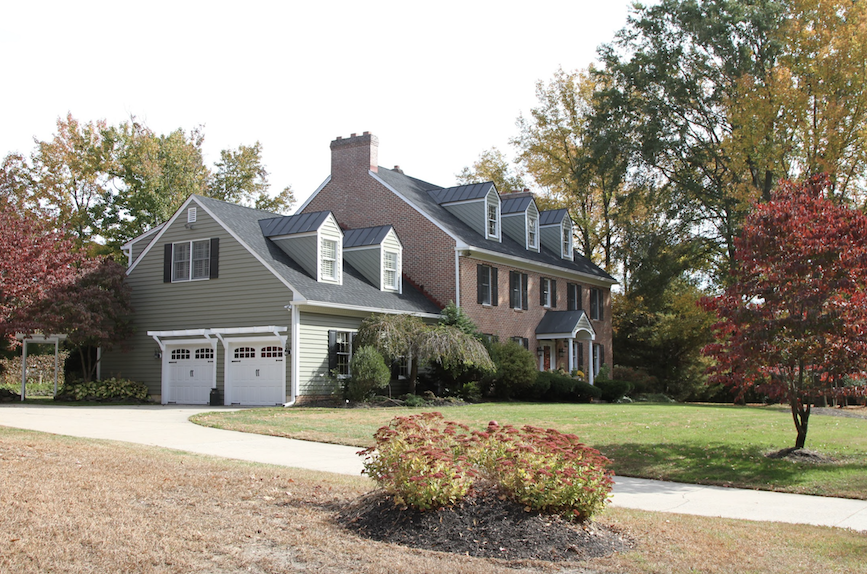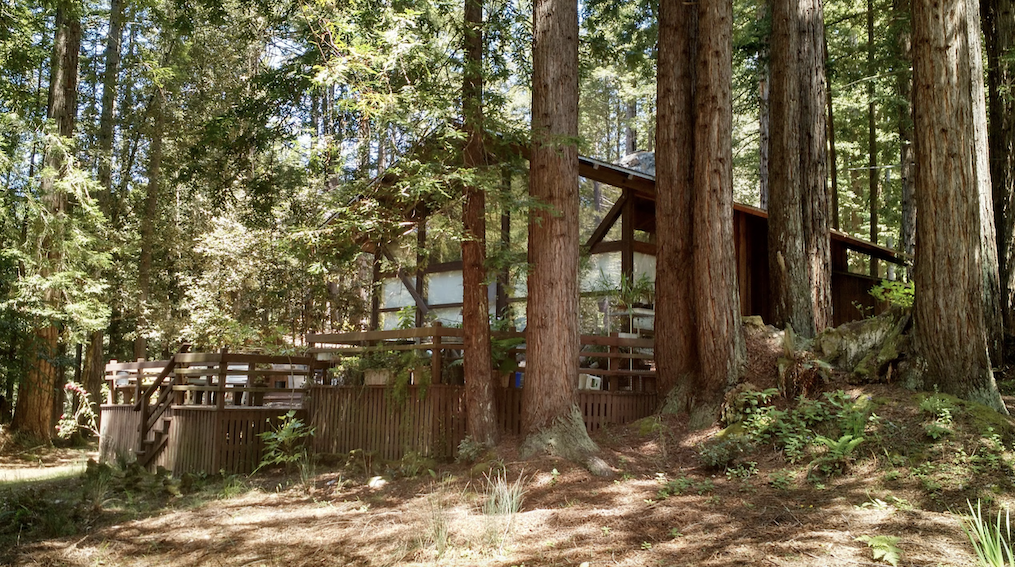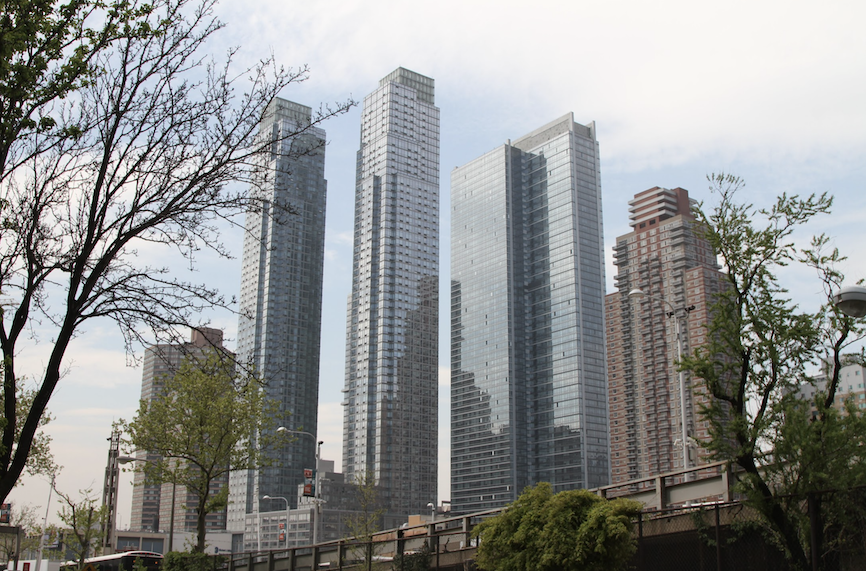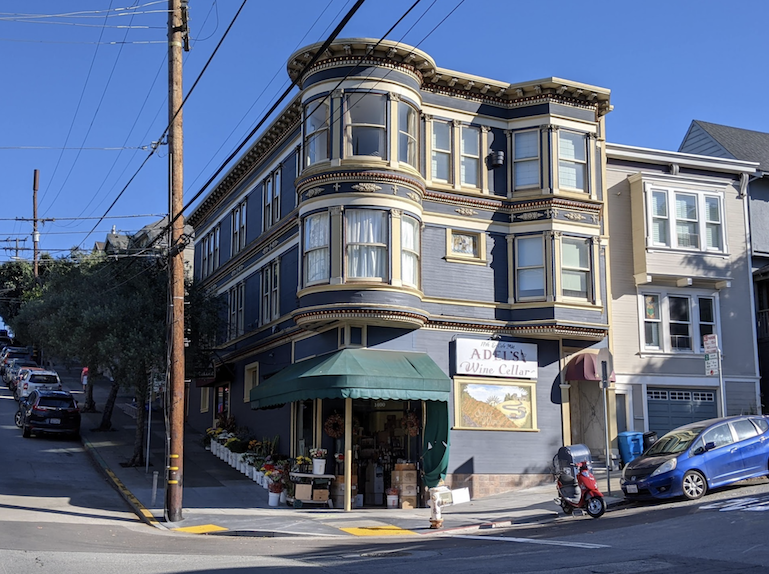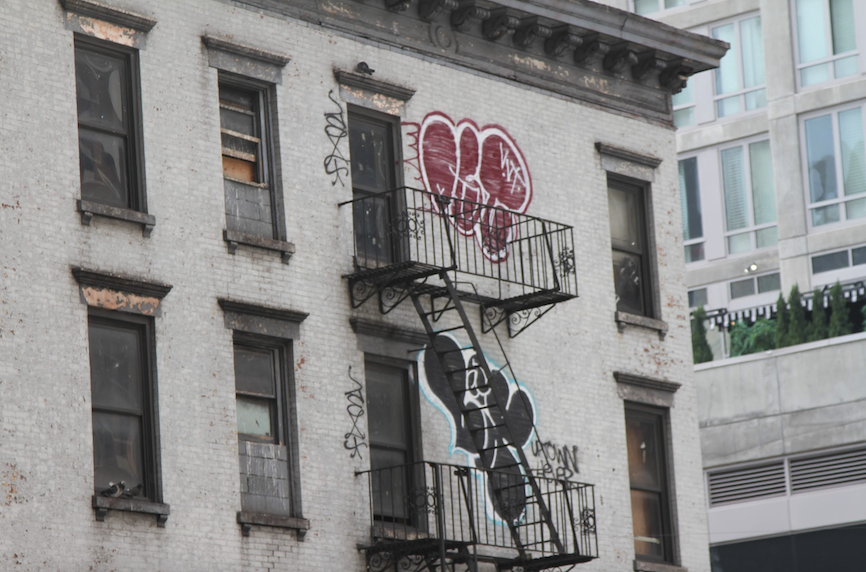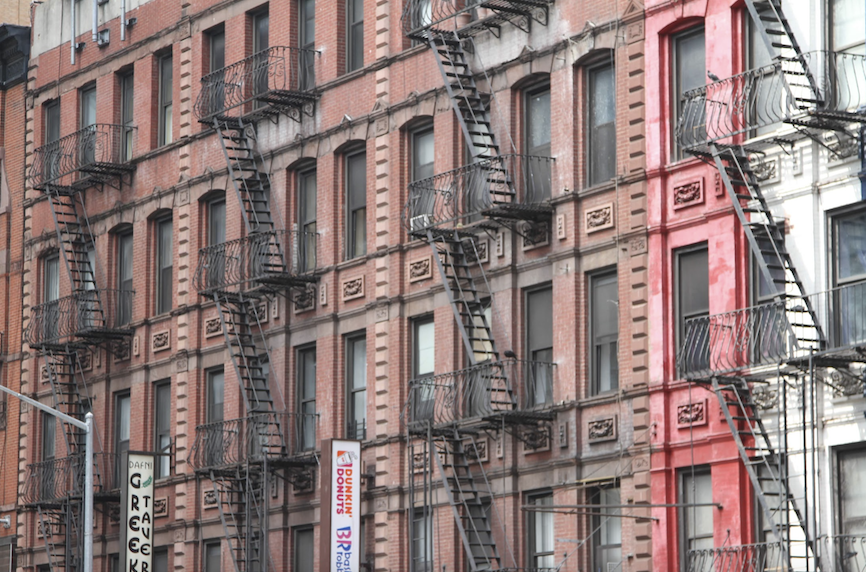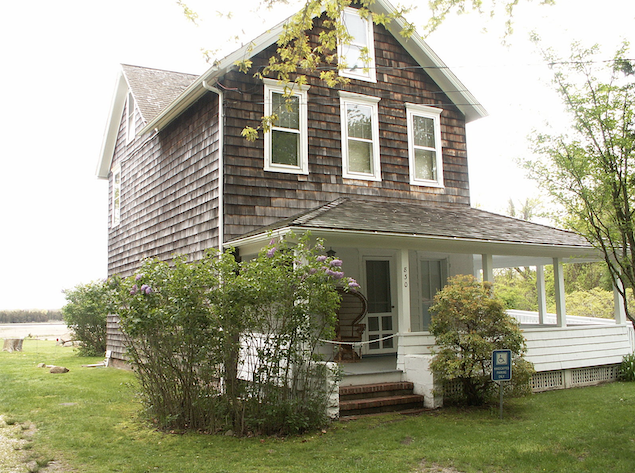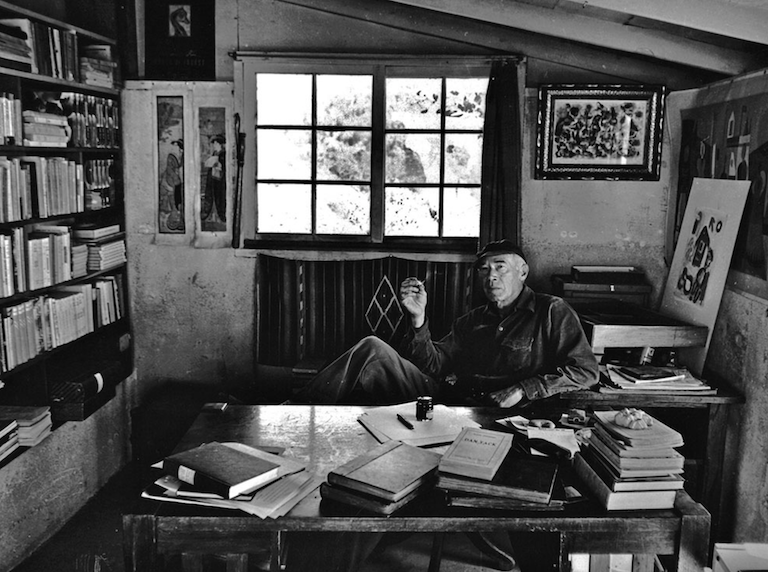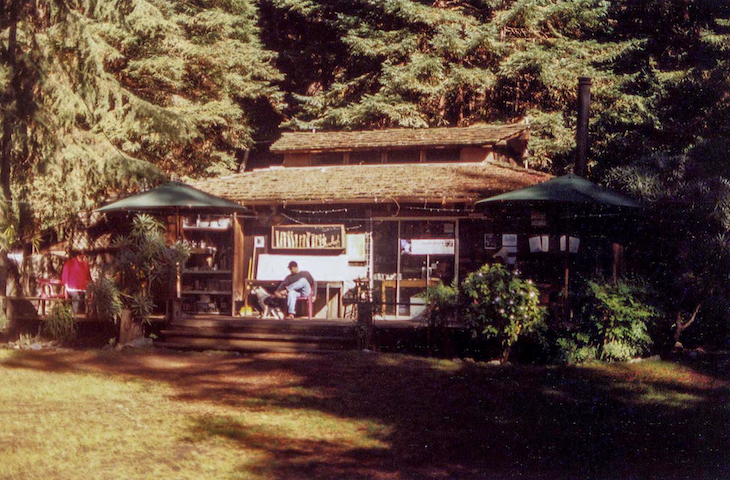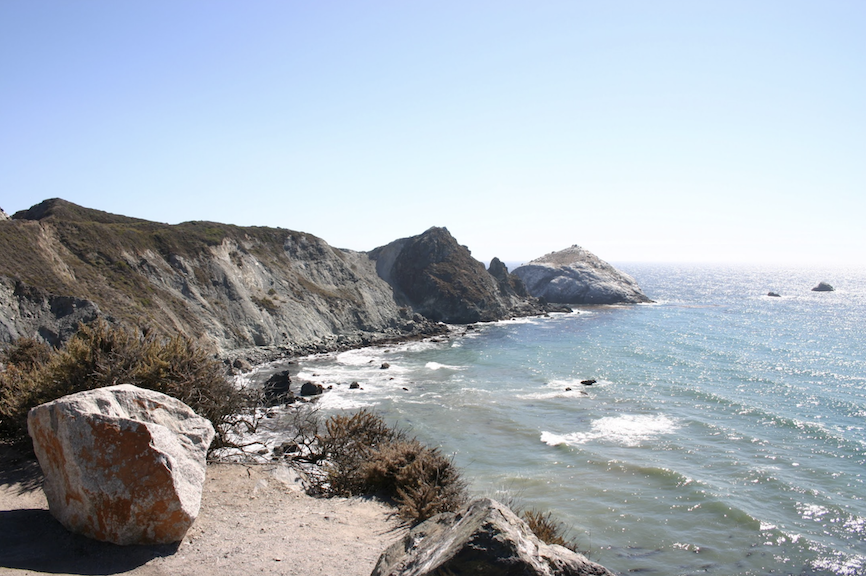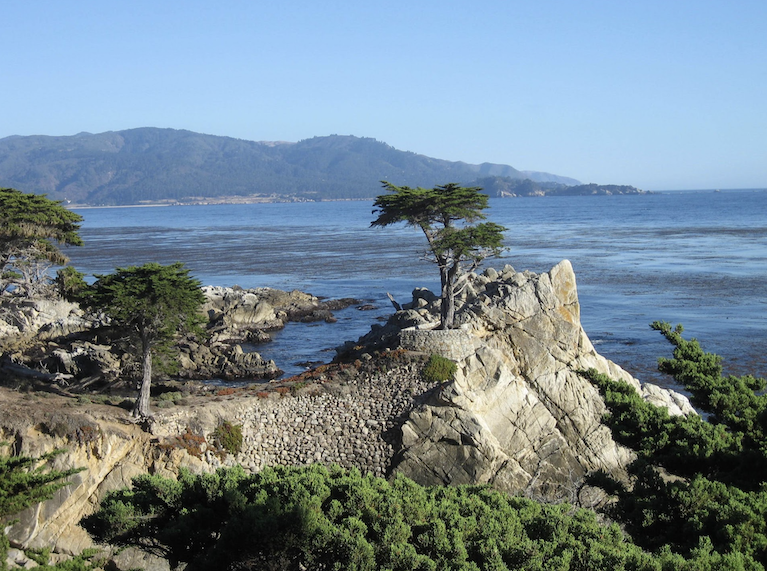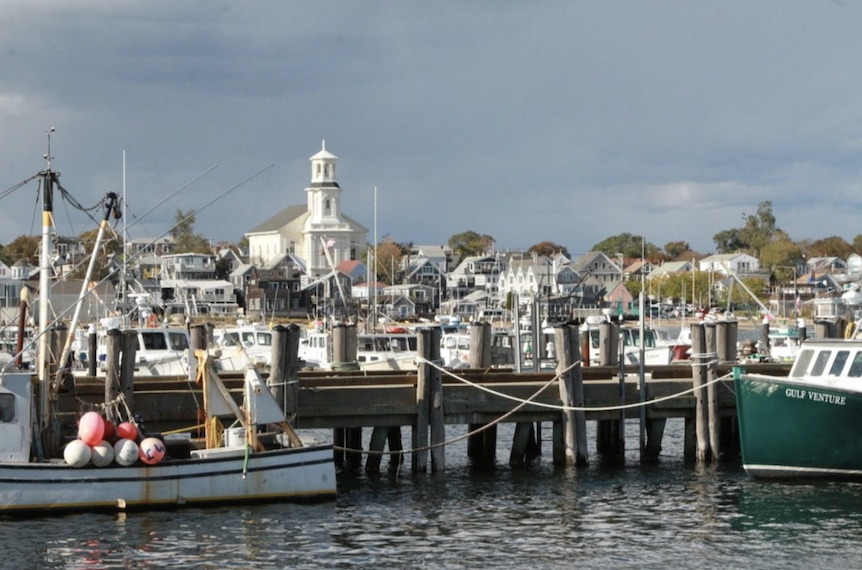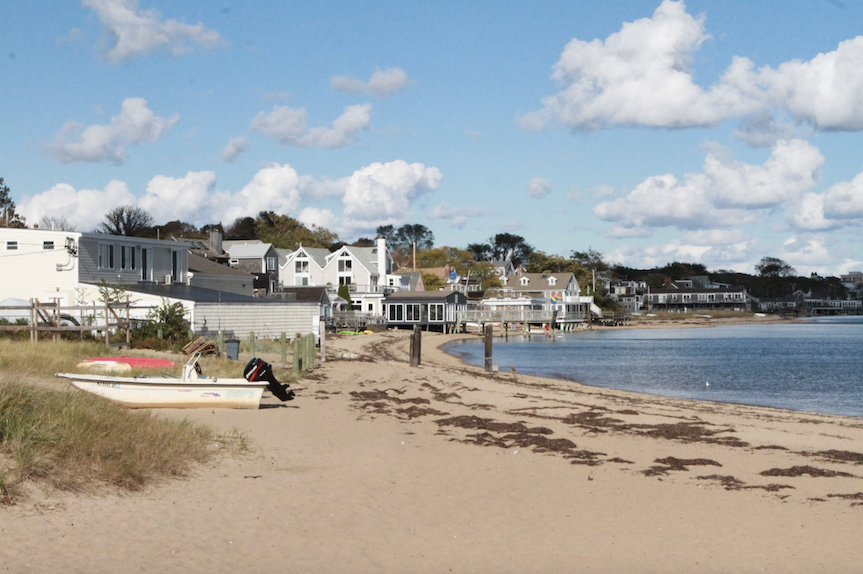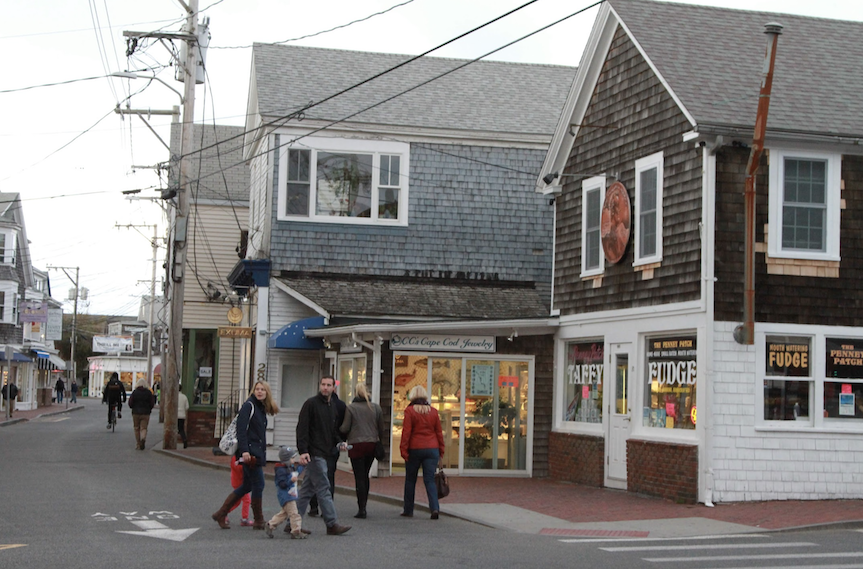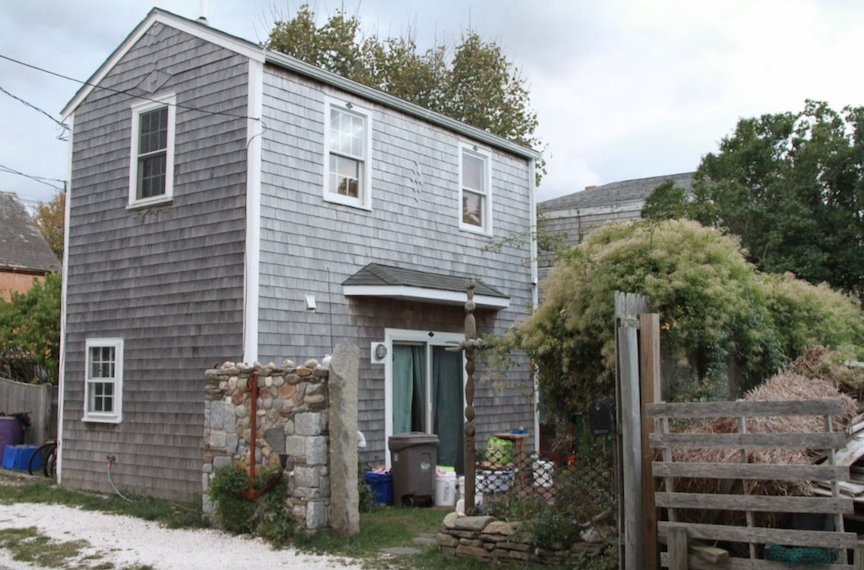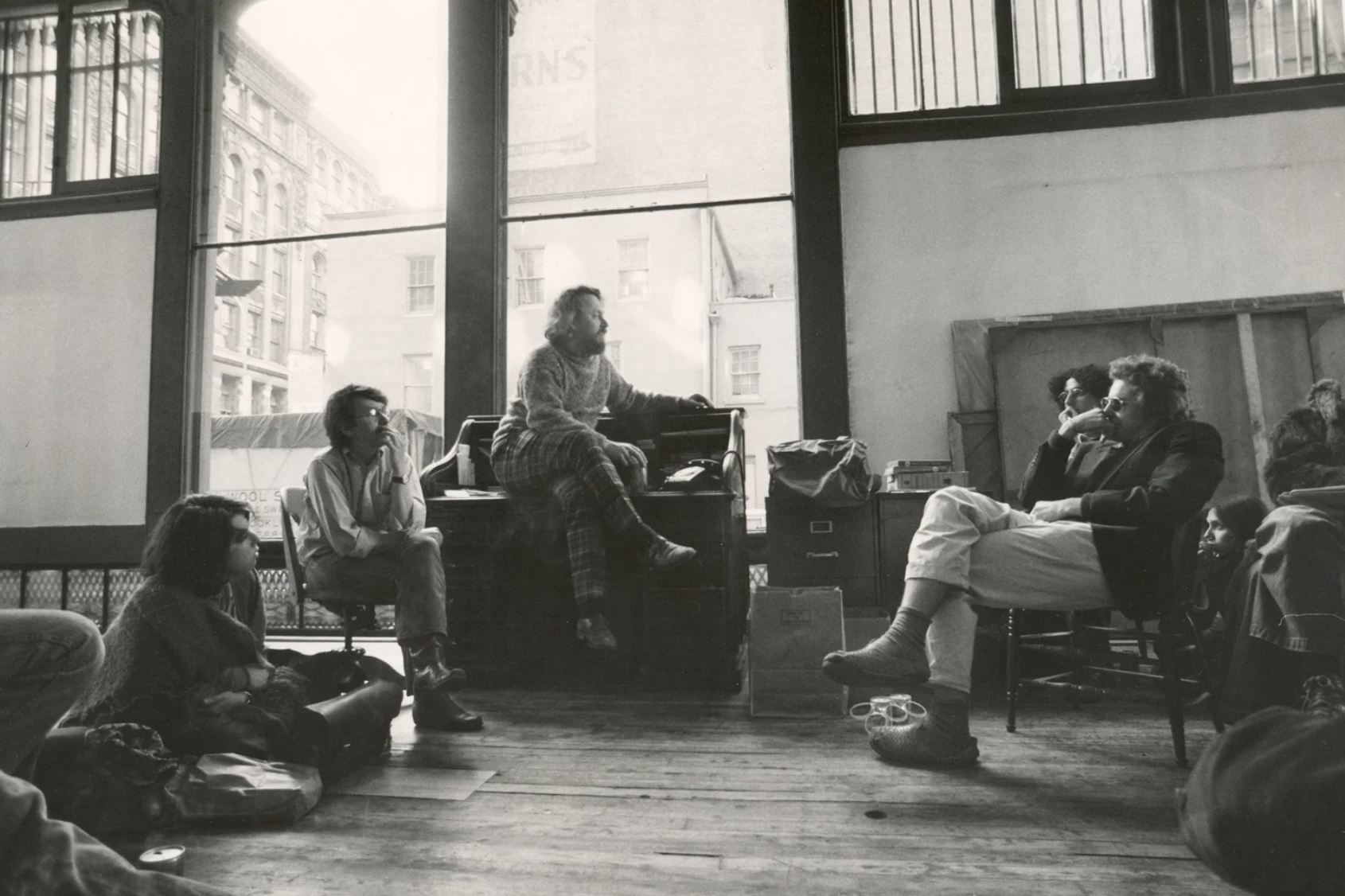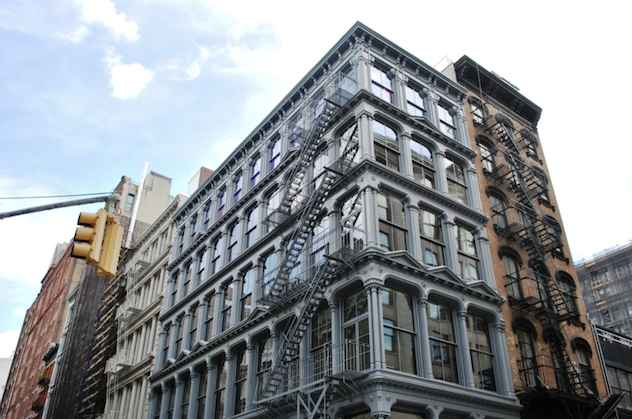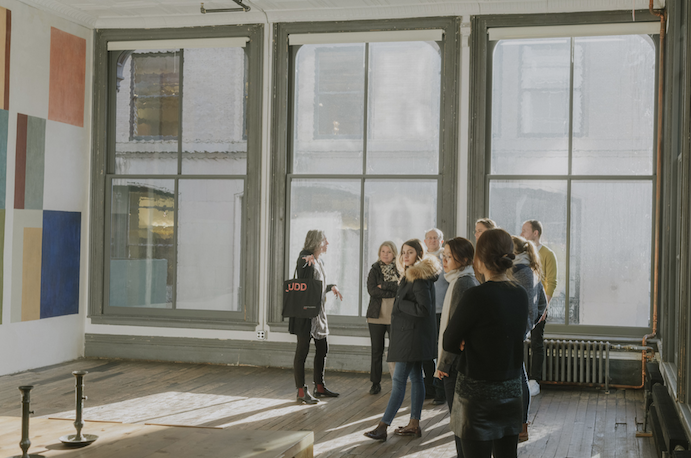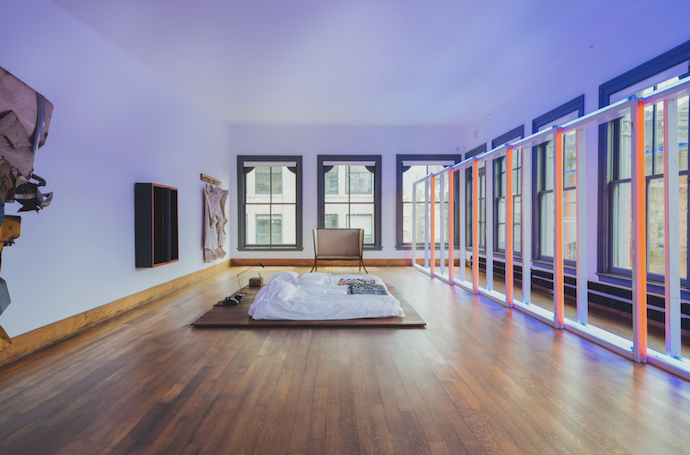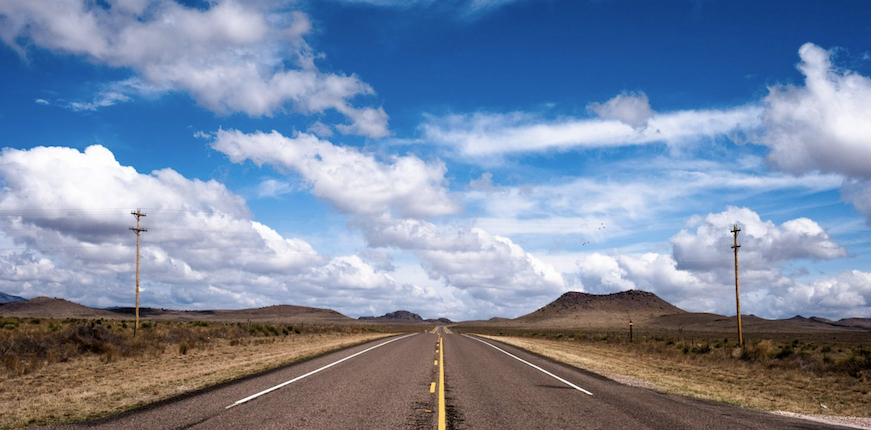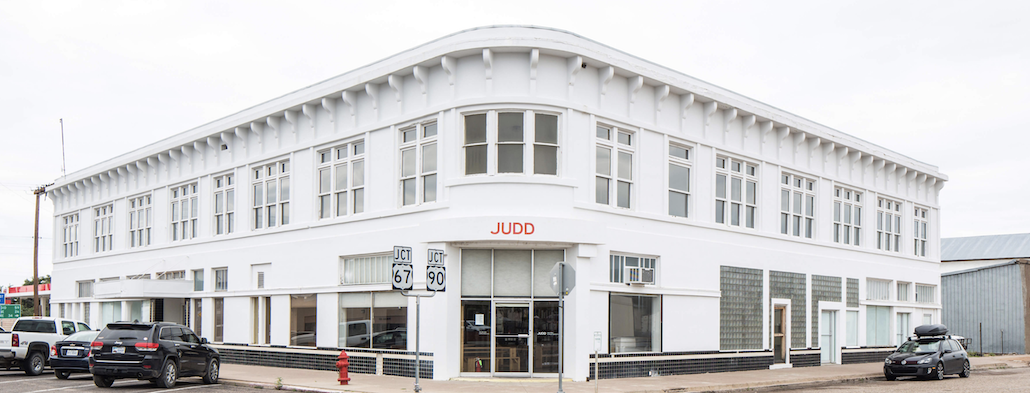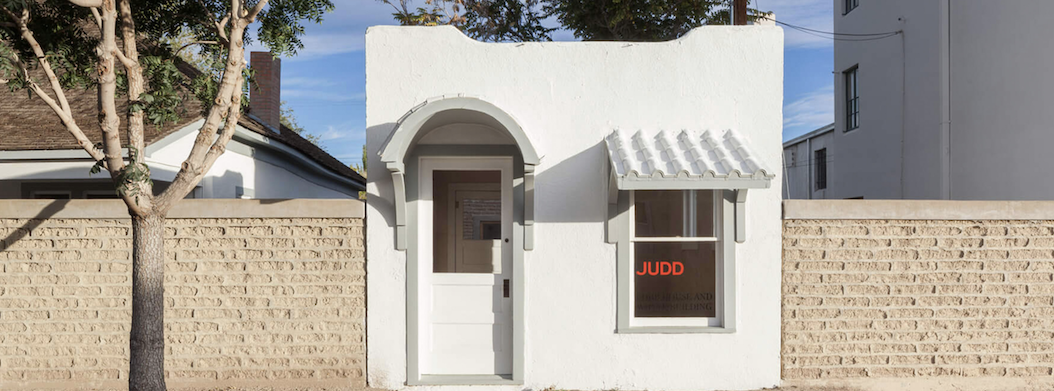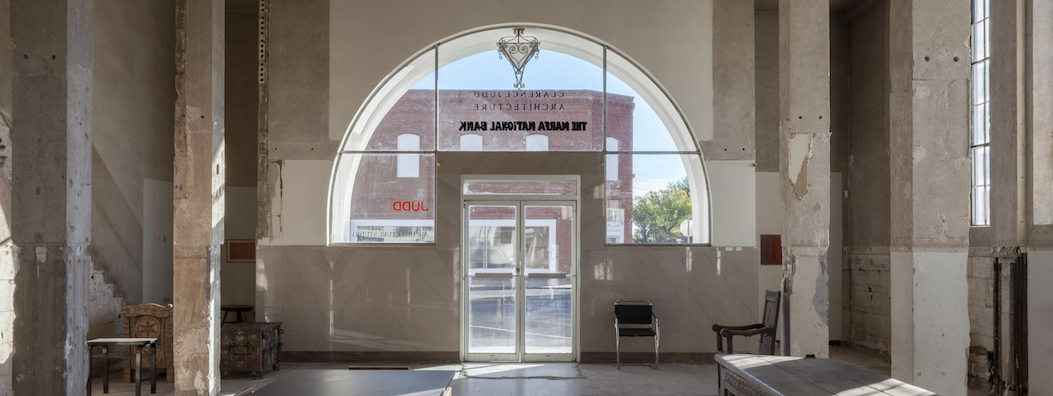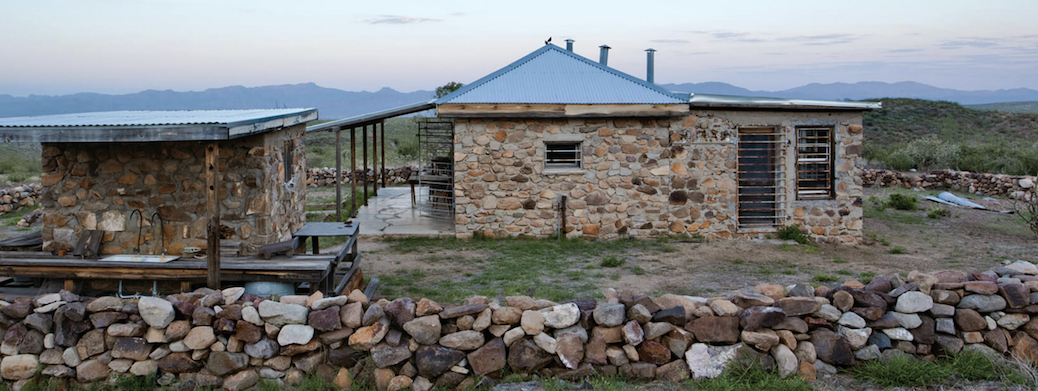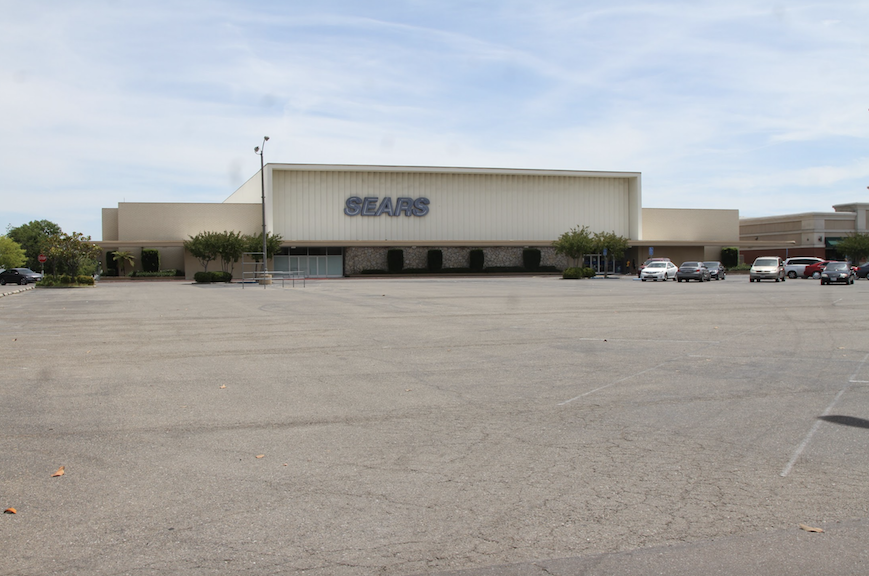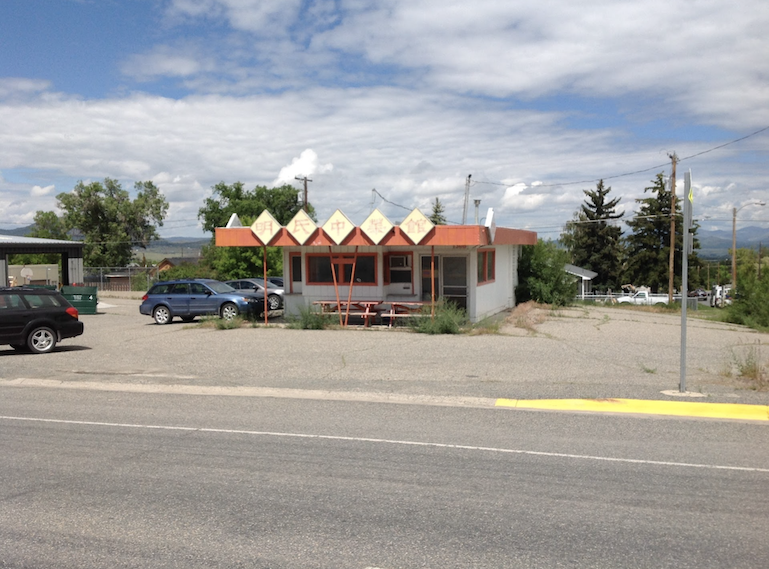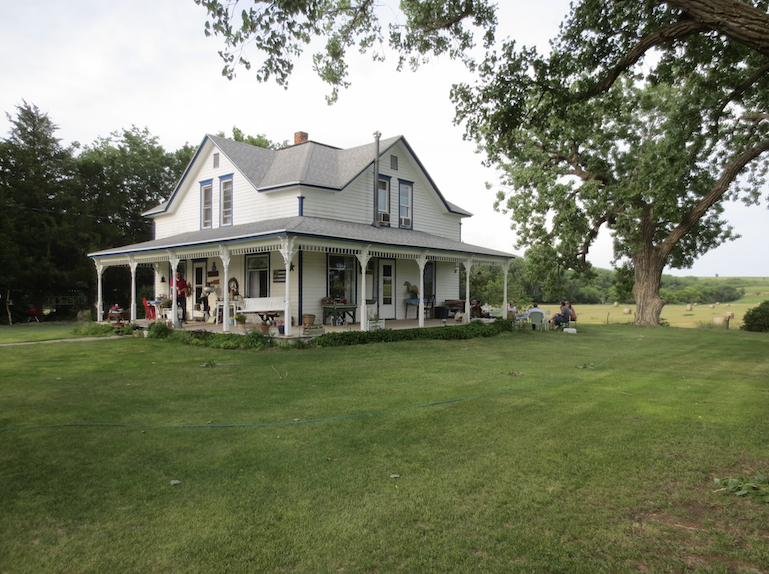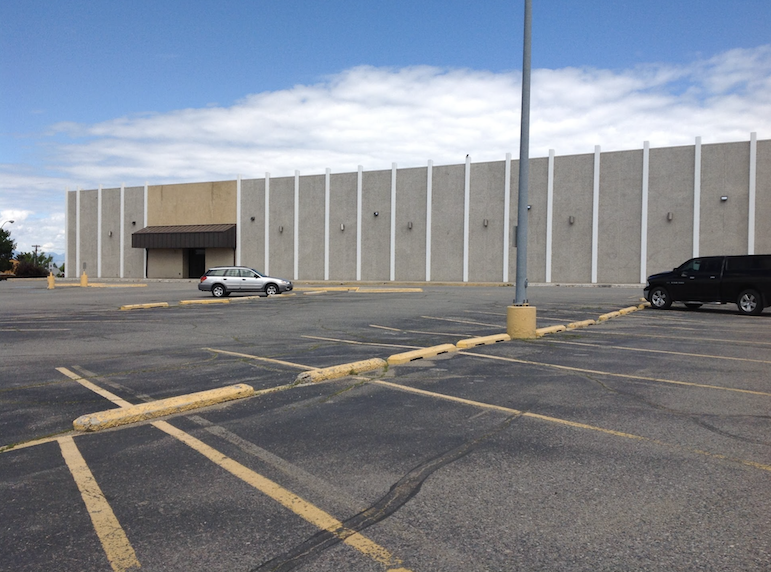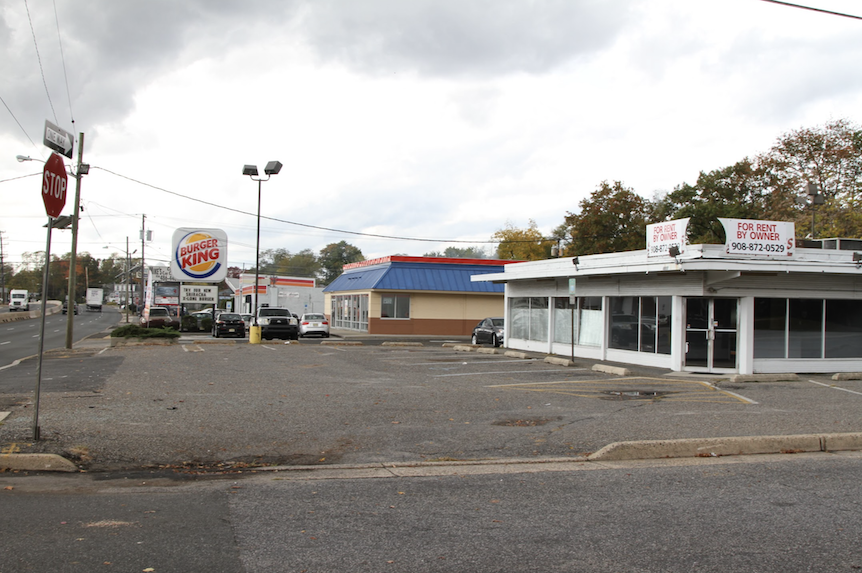Letting Go of Nostalgia Urbanism
Everyone has a natural habitat. For some people it’s a big house in the suburbs. For others it’s a cabin in the woods. Some people thrive in a high rise tower in the central business district. Mine is a Main Street town of the kind that peaked about a century ago. But there’s another more obscure environment that’s harder to define because it’s more about cultural imperatives rather than physical structures or location.
A reader reached out to me with a query. He and his wife and three daughters are in search of “a slower, more nature and community bound life, but without leaving behind people who read books, et cetera. I'm forever looking for where Henry Miller's Big Sur is today, or Provincetown, or even the Upper West Side of 1960, or the San Francisco of the early 90s. We have some money, but we don't want to be around people who are money driven.”
First, note that the desired location isn’t specifically urban or rural. There’s a huge spread between Manhattan and the rugged California coast at Big Sur. Provincetown and San Francisco are in-between versions of Main Street towns at different scales. And I don’t detect an inherent exclusion of a quality suburb in the statement either. The quest is about the intangibles that a place might provide.
I have to acknowledge the tension inherent in the quote. There’s a yearning for high culture, meaningful engagement with neighbors, and an attractive landscape. These things tend to cost extra and can be scarce. But there’s also a rejection of crass materialism.
Wouldn’t it be great to live in exactly the right place at the right time when everything was still super authentic and affordable, but simultaneously unique and undiscovered? The whole thing is problematic and, let’s be honest, a bit tone deaf in terms of class and such. I understand the impulse. I will admit to sharing this same desire myself. So how to square these romantic notions with external reality without being a complete ass about it? I’ll start by poking holes in the nostalgia.
I got a flashback to my best friend Joann circa 1985. She was accepted to a prestigious art school in Manhattan and I helped her get settled into her first rented room. It was in pre-gentrification Times Square in what had once been a dentist office complete with linoleum floors, synthetic wood paneling, orange fiberglass chairs, and fluorescent lights. It felt like a public bus. There was no air conditioning in the sweltering heat of a New York summer. The makeshift kitchenette was equipped with an electric hot plate and an elderly microwave. Technically it wasn't a legal residence, but neither the authorities nor the landlord seemed to care. Code enforcement came years later - with Disney.
She rented her room from a married couple who painted and made documentary films about their artist friends in the city. Joann paid reduced rent in exchange for babysitting the couple's three year old son. Her bedroom was exactly the size of her mattress since the partition walls had been installed for maximum efficiency. The bedroom door opened outward toward the corridor and she would just fall in on the bed and hang her possessions on hooks like a boat. This was the version of urban loft living that never made it to the pages of Architectural Digest.
They all lived there because it was relatively cheap and the location allowed them to be close to the people and activities they cared about. They had an extraordinarily high tolerance for alcoholic schizophrenic neighbors. The accommodations were meant to be functional. They didn't strive to transform the place into anything beyond what it was. The apartment was filled with their art and film making equipment and the many visitors they collaborated with. The city was their living room, kitchen, and back garden.
While Joann was living there the couple bought a modest second home in rural Pennsylvania for about the cost of a nice car. Their goal was simple - provide a place to balance city life and enjoy the countryside with their kid without spending a lot of money. The house was absolutely nothing special and they made no effort to renovate the property beyond basic mechanical repairs. It wasn't in a bougie town with nice restaurants or themed boutiques. They hadn’t searched for a subdivision in a good school district. It was just a random spot in a farm field near nothing in particular.
What mattered most to them was the freedom that came with low overhead. Their city friends would migrate out with them for summer and winter holidays and they created their own cuisine, art, and conversation. And they read lots of books. They just weren't interested in much beyond the inner world they were busy creating themselves. They didn’t need to purchase culture from a fashionable postal code. They made their own. I learned a lot from that family and their example.
Some years later I had a friend who worked at the Pollock-Krasner House and Study Center on the far tip of Long Island which is now administered by Stony Brook University. In 1945 modern artist Jackson Pollock and his wife, fellow artist Lee Krasner, bought the little house on an acre and a half with water views for $5,000. That’s the current inflation adjusted equivalent of $73,000 today. Their patron Peggy Guggenheim provided the $2,000 down payment. Back then the average family earned $2,595 a year so a home could be bought with two years pay.
This was at a time when the Hamptons were still sleepy country villages and the national economy was only just emerging from wartime rationing. Their neighbors were farmers and fishermen, not financiers or movie stars. They had access to what was sold at the local general store, but not much else. And they were three hours from the city. Pollock struggled with his internal demons until his death in a drunken car wreck along with his mistress in 1956. The life of an artist isn’t always picturesque up close.
The Big Sur of Henry Miller's day in the 1940s and 50s was a remote stretch of rocky woods with none of the bells and whistles that came later. Esalen hadn't yet been established. The organic locavore caterers and spa treatments were still decades away. So were the exquisite country estates that now populate the forest. Miller and the oddball collection of pre-hippie touchy feely types were there because it was beautiful and cheap.
Miller’s first few books were banned in the United States because they were too racy for American culture at that time. He was on his third wife when he settled in at Big Sur and that marriage ended in divorce as well. Once his two children were grown he was an older man living in a small cottage in the forest alone much of the time. Miller helped establish the mystique of Big Sur, but the wealth that followed made his lifestyle difficult for others to replicate on a normal budget.
The Provincetown of Eugene O'Neill, Mark Rothko, and Edward Hopper in the early 20th century wasn't at all the same as it is now. Artists first colonized the New England town because it had a generous supply of old semi-abandoned buildings. The fishing industry had been devastated by a huge storm in 1898 that destroyed much of the waterfront infrastructure. The place was pretty, cheap, a bit rough, and unpleasant to inhabit during the cold windy winters without mod cons. Perhaps that's why the local Portuguese families were willing to welcome the bohemian arrivals. They were desperate for revenue.
It was possible back in the teens and 1920s to write and perform plays, paint, and otherwise rub shoulders with similarly inclined artsy folks when the rent was ridiculously low. People just had to be prepared to muddle through without creature comforts like central heat or indoor plumbing. The literati were there to generate culture, not merely to consume it.
I lived in Provincetown for a year in the late 1980s and the dynamic that had emerged by then was characterized by extremely high property prices and mass commercial tourism. I managed by working as a cleaner and gardener at a guest house and lived in the attic. It was a great place to be for people who brought money with them, but lower income creatives were almost entirely squeezed out unless they were attached to a larger institution and grant funding.
In 1968 Donald Judd bought an entire five story cast iron warehouse on Spring Street in New York for $70,000. Inflation adjusted that's $524,000 today. That’s not a small amount of money, but it’s an immense building. Pound for pound it was ridiculously cheap. That building became Judd’s home, art studio, and exhibition gallery for the rest of his life as he incrementally renovated the place room by room.
Industrial buildings in New York had been emptied out and left for dead by the 1960s. The middle class had decanted to suburbia and New York declined like most older city centers. That left a great deal of vacant property behind at a deep discount. There was a reason the place was cheap. The city was falling apart and these old buildings were in terrible condition. Lofts of that era were cold water walk ups with leaking roofs and none of the designer touches or investment banker fueled renovations. That all came much later. Judd was willing to live there during the dirty, neglected, crime ridden version of New York, not the fully fluffed New York that gradually surfaced over the decades. But his activities contributed to the transformation that eventually lured in the big money.
Source
In 1971 Judd began buying old buildings and extensive ranch land in the remote desert of Marfa, Texas. The region has what might be described as a subtle beauty. Marfa isn’t close to anything and it’s not on the way to anywhere else either. You have to really want to go there because it isn’t easy. That’s exactly why Judd was drawn to the place. He didn’t select Marfa because it came ready made with hand crafted espresso shops or upscale hotels. He picked one of the least likely locations in the entire country and meticulously cultivated his own art venue out of thin air. Over the last fifty years Marfa has emerged as an international destination and has become rather expensive in spite of its endless supply of surrounding desert scrub land.
So… here's my reply to this reader. Drop the romantic yearnings for some lost Golden Age. These are the good old days. I’ll paraphrase my friend John Anderson from the Incremental Development Alliance. Brooklyn, Carmel, and Santa Fe don’t need your sorry Hipster ass. There’s a whole big continent out there full of places that could use some love and they’re dirt cheap. Many of them are gorgeous even though they may not get much publicity. Others are seriously ugly, but have their own gritty appeal. And quite a few of these amazing undervalued spots have at least a few charming and engaged people knocking around doing cool shit. Go find one that speaks to you and create your own intellektuelle Kunstgemeinschaft. The world you want is one you make yourself from spare parts, not one you discover and purchase.
